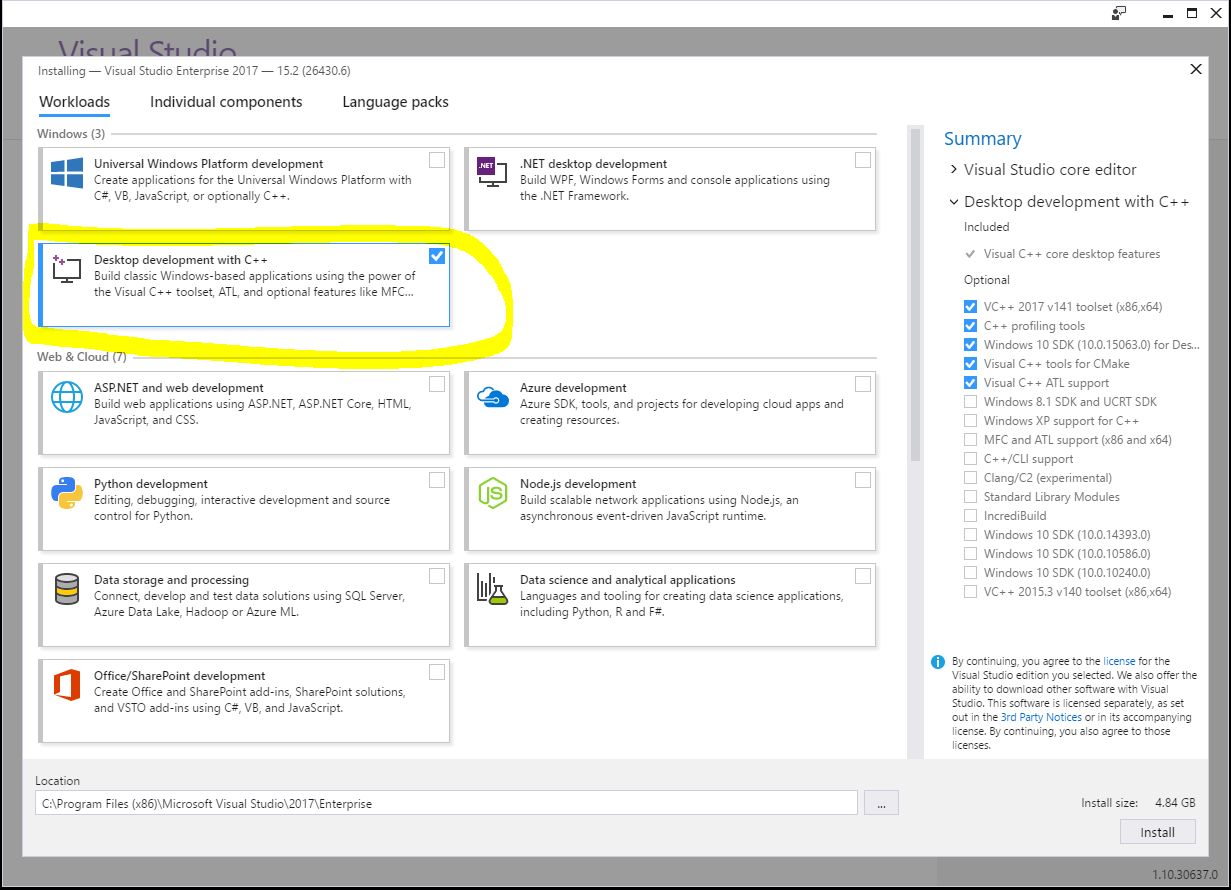

With more SKUs from the same code base, it increase that chances that a developer will break something when he checks in. It's not a 2x cost, but it's not free either. You have to run the test collateral on it twice every day. There is an ongoing cost you pay for having separate 32-bit and 64-bit builds of an application. The first cost is just fixing the bugs, getting the code to compile, restructuring the build environment, and all the upfront work just to get the initial build going. There is a cost of porting from 32-bit to 64-bit. Switching to 64-bit means updating a lot of this build infrastructure. (I actually don't know if the Visual Studio team compiles Visual Studio with a VS project.) They are often well over a million lines of code that build with the VS compiler set, but from a command line and Makefile environment. Most of the projects at Microsoft aren't simple little Visual Studio projects in which the developer can just flip the Project settings from 32-bit to 64-bit. When the 32-bit app works just fine on 64-bit, it's almost a non-starter to consider 64-bit. From years of shipping software at Microsoft, here's how I've seen the consideration for 64-bit builds get made. Think of it from a cost and ROI perspective.

So you can always change your project settings to make 64-bit builds of your app as needed. Visual Studio 2022 will ship as a 64-bit build: įirst, there is a 64-bit C++ compiler that comes with Visual Studio tool set.


 0 kommentar(er)
0 kommentar(er)
